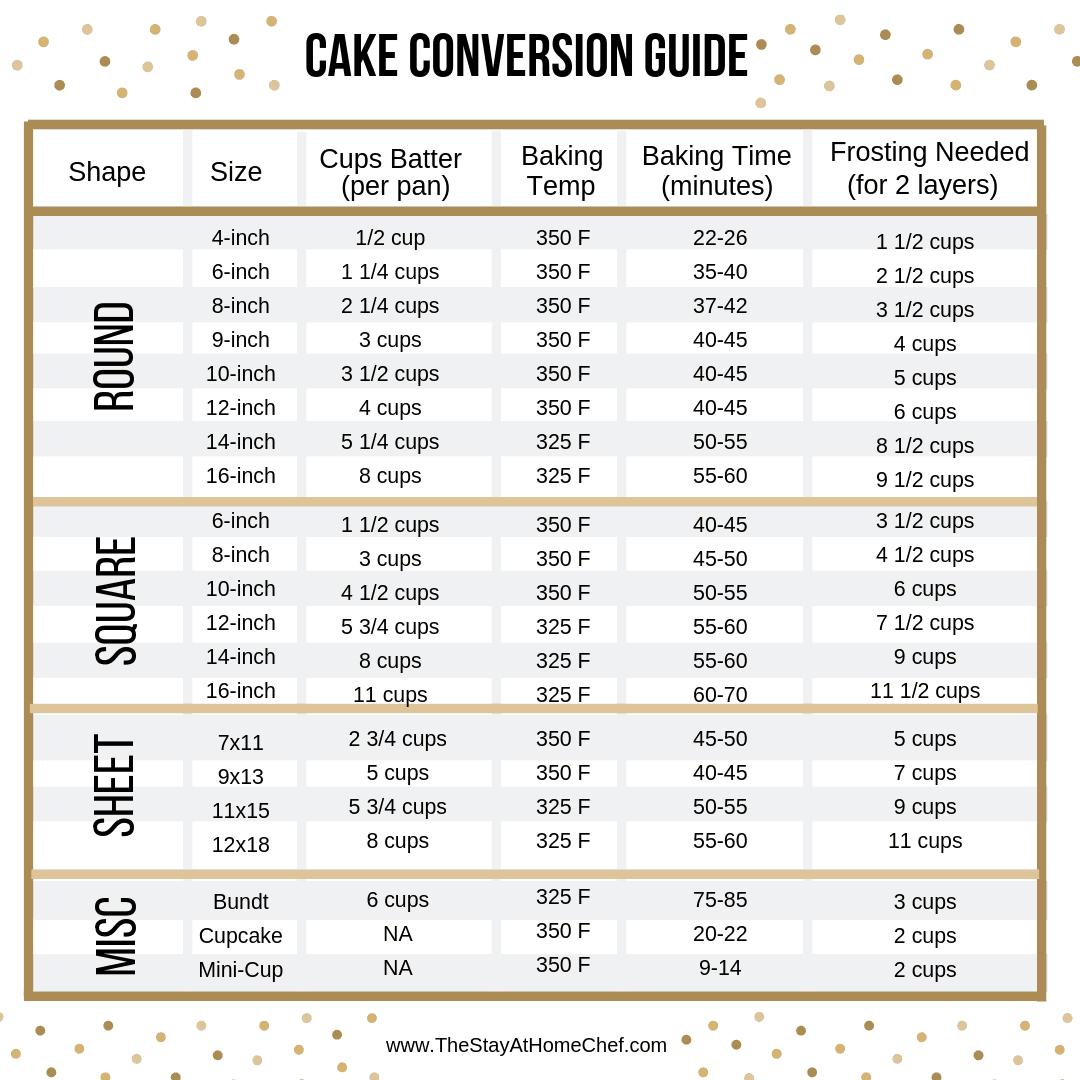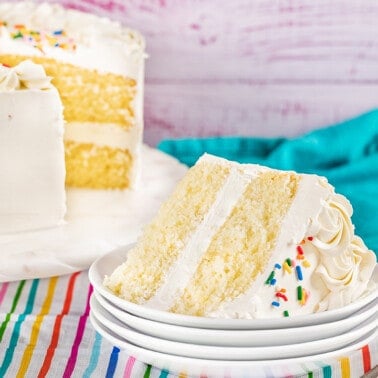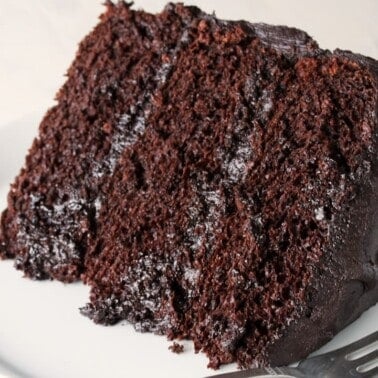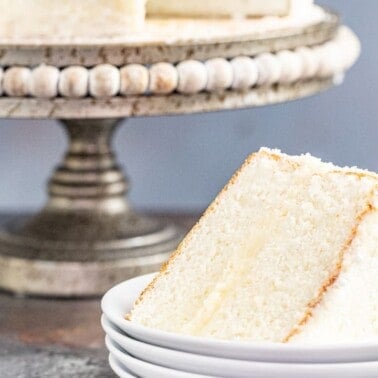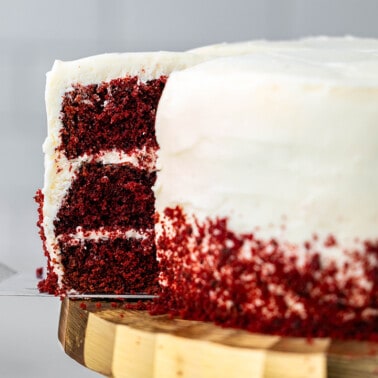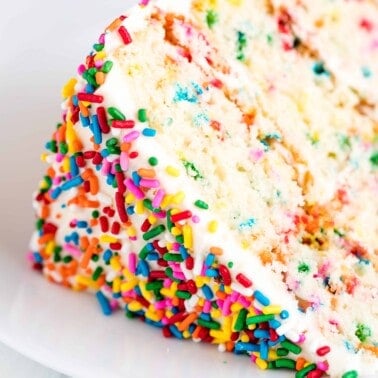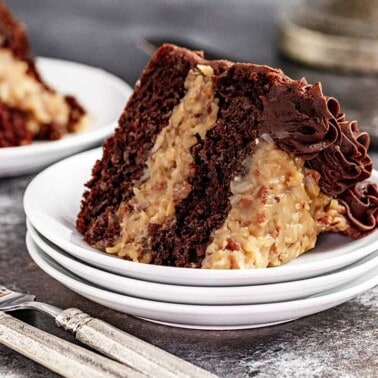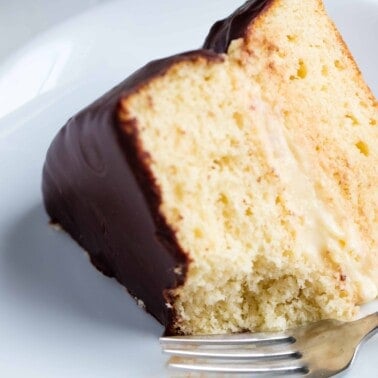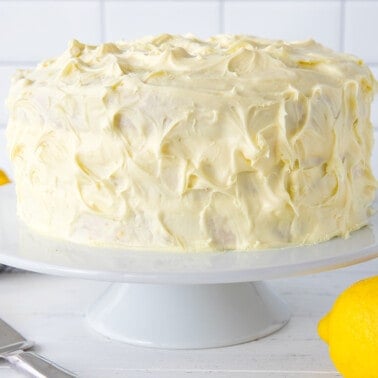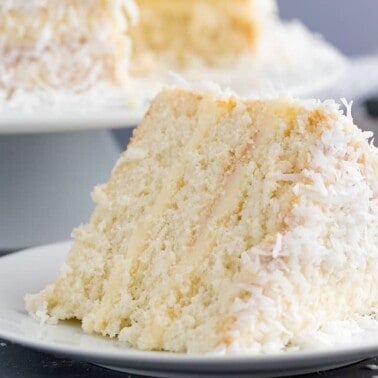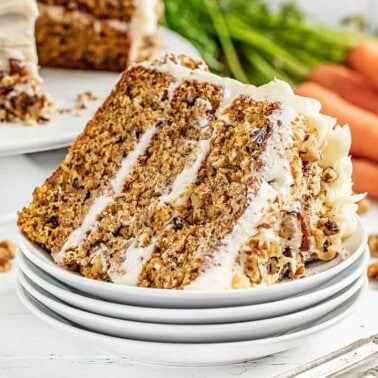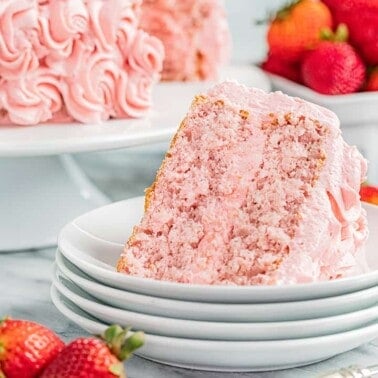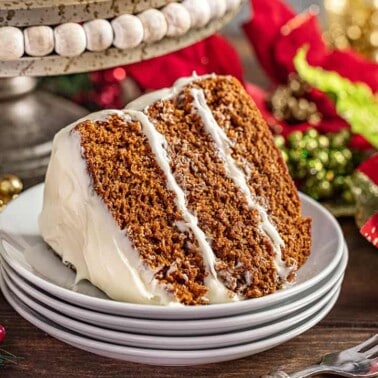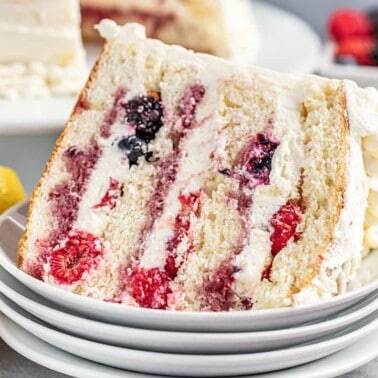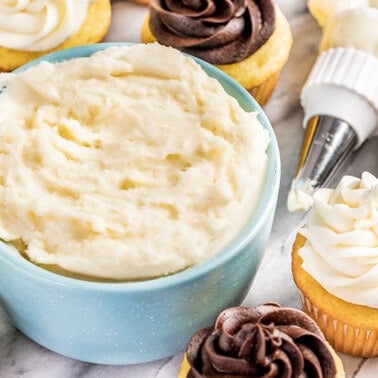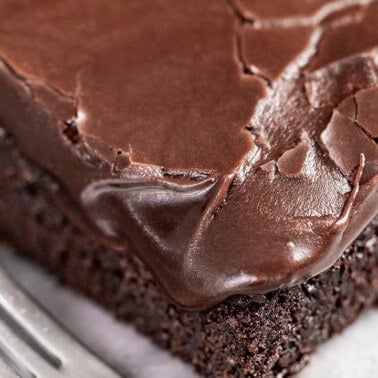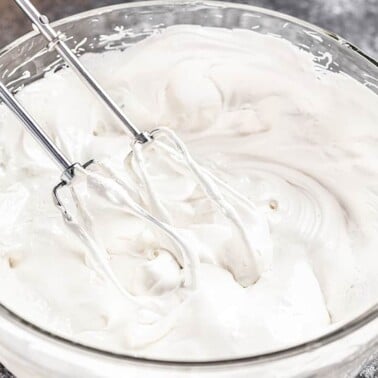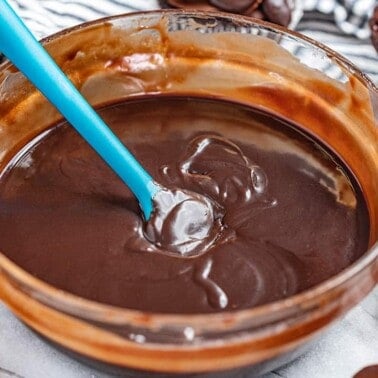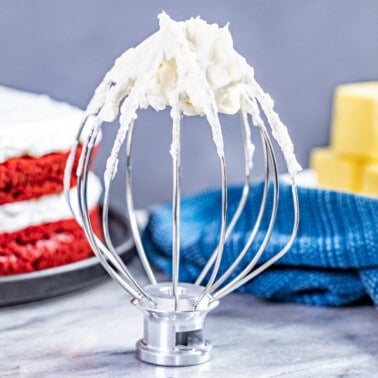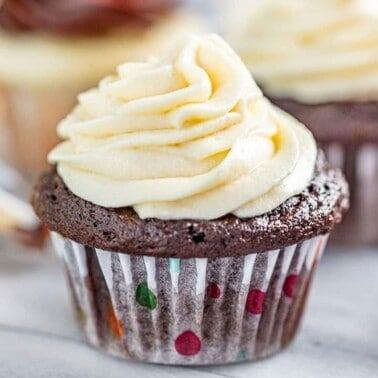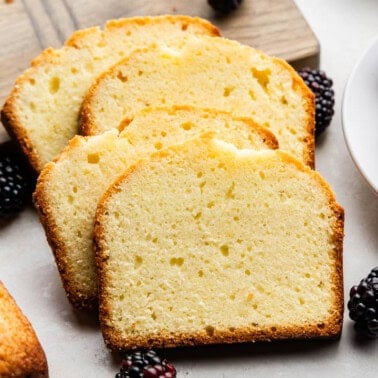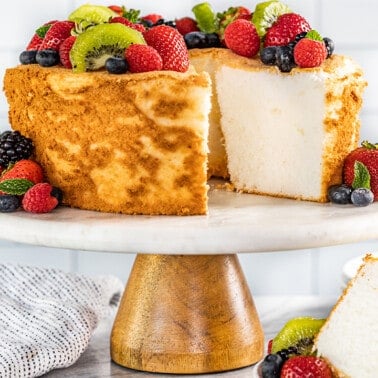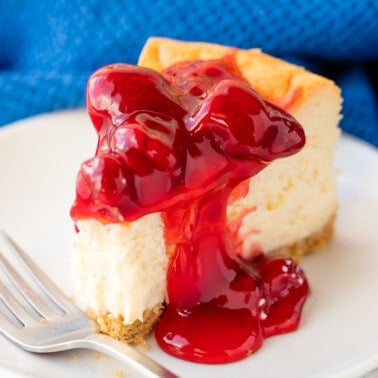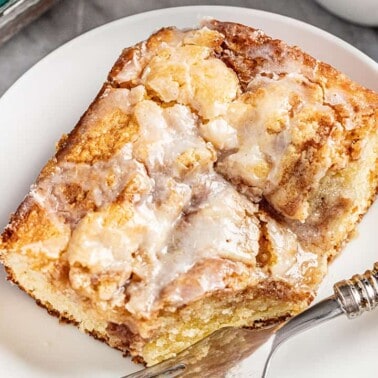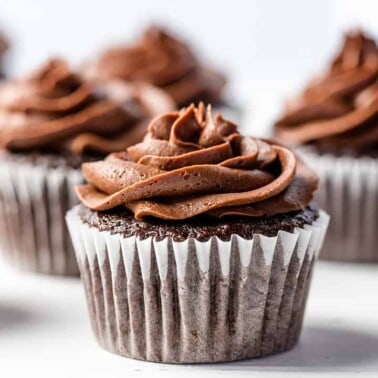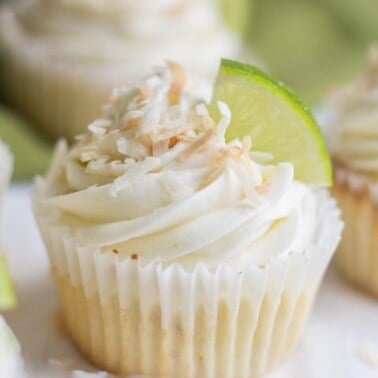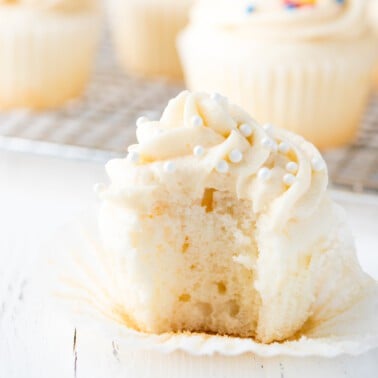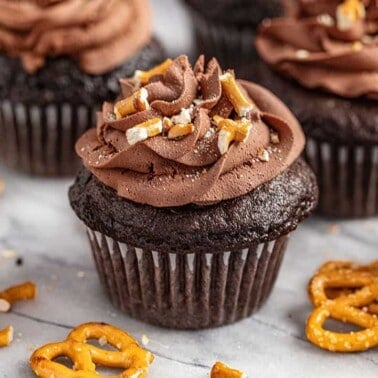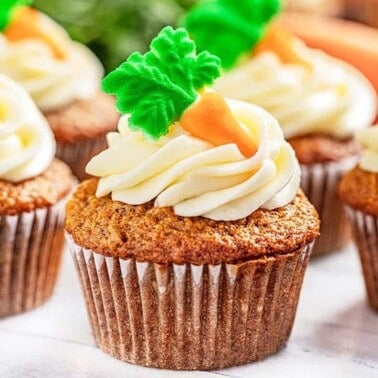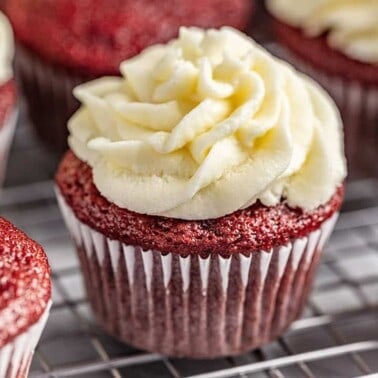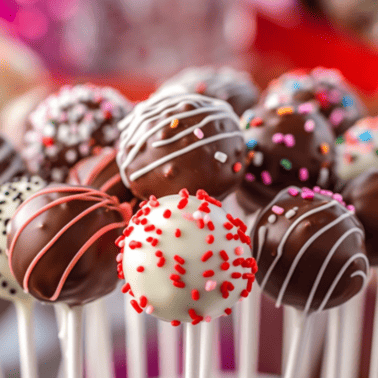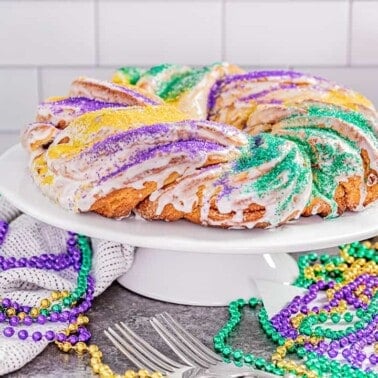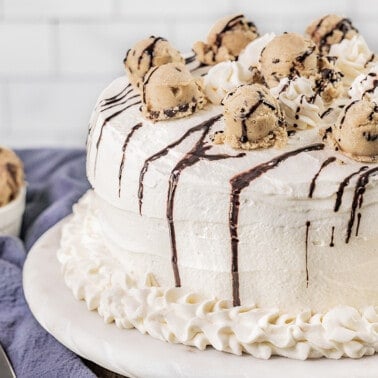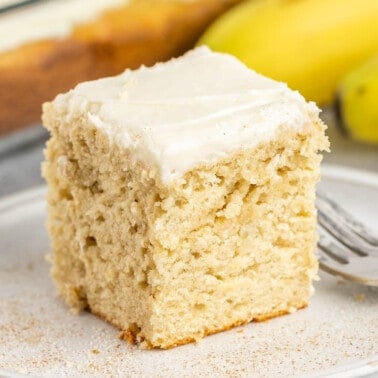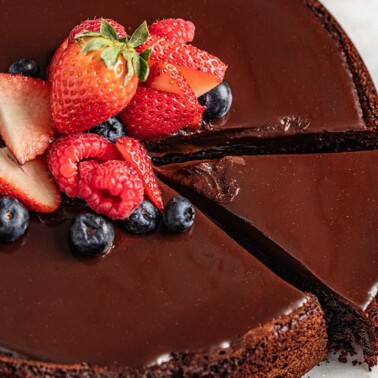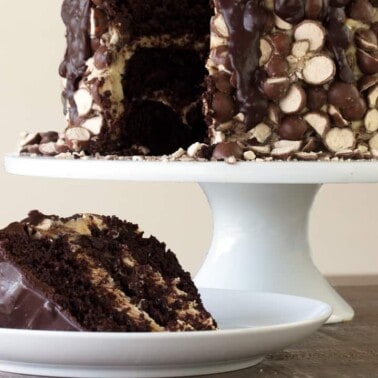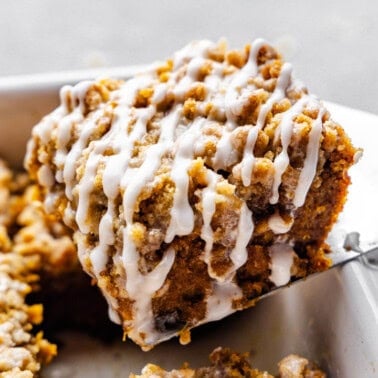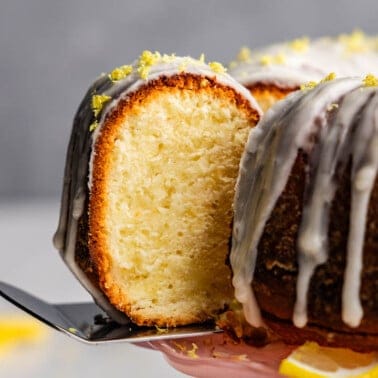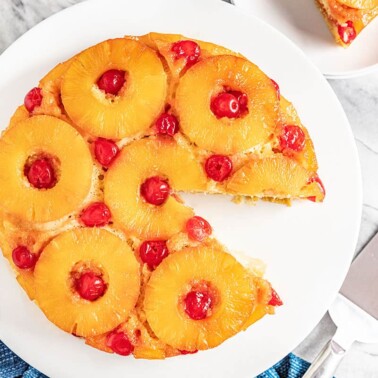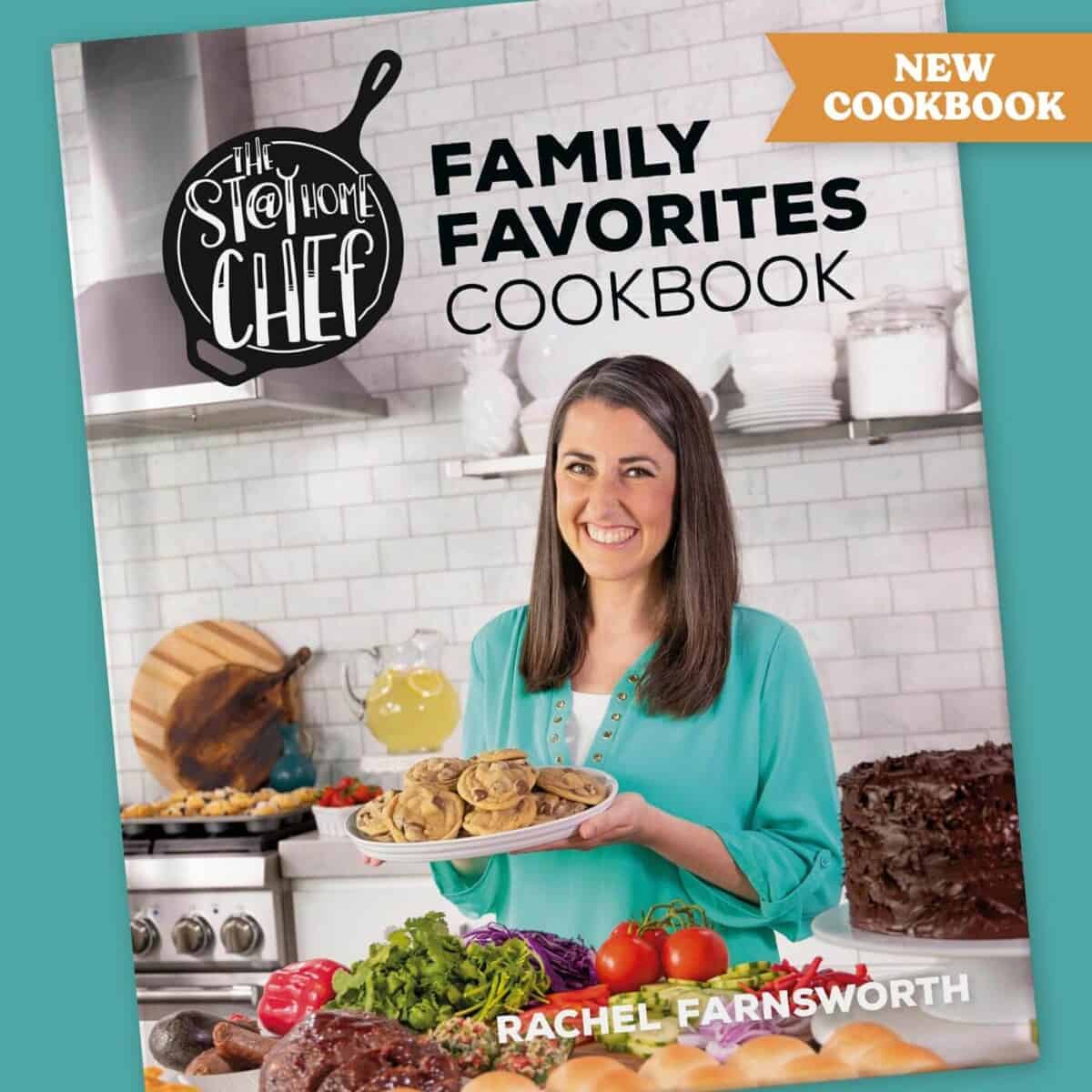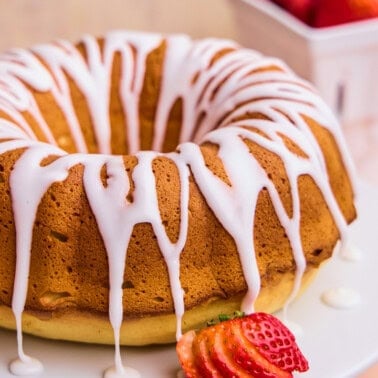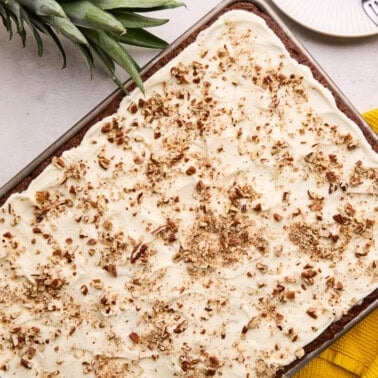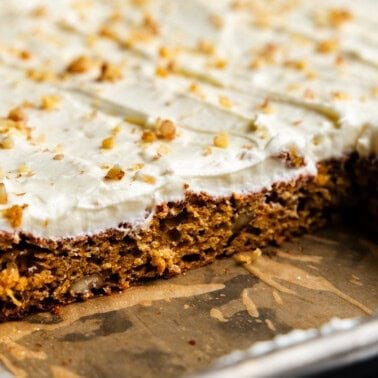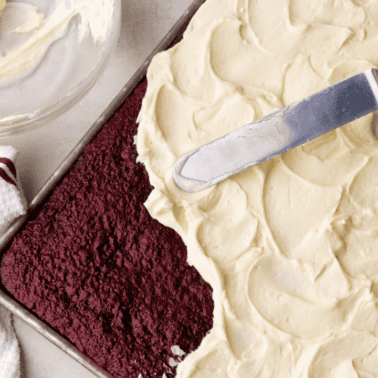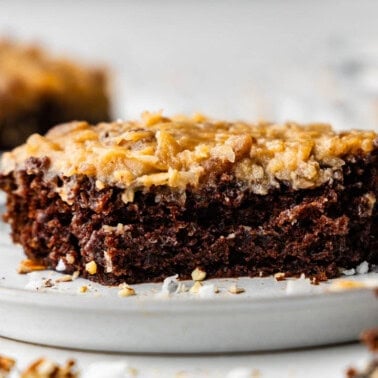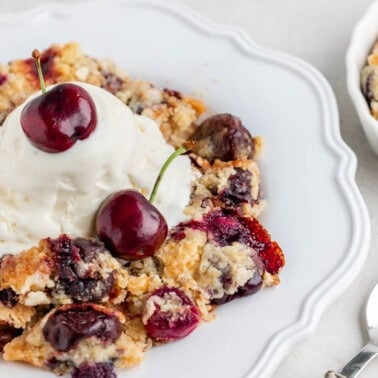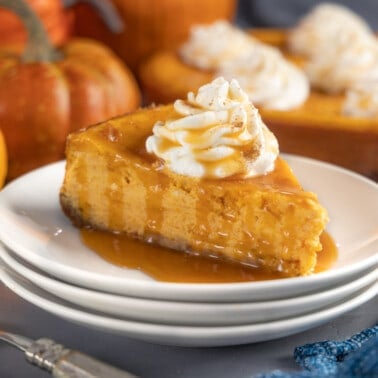The Basic Three
Favorite Flavors
Cake Baking Tips
- Follow the Recipe: Especially when you’re starting out or trying a new recipe, it’s important to stick to the instructions as closely as possible. Baking is a precise art and even small changes can have a big impact.
- Use Fresh, Quality Ingredients: The taste and texture of your cake can be significantly affected by the quality of your ingredients. Always use fresh ingredients and opt for the best quality you can afford. For example, use real butter rather than margarine and pure vanilla extract instead of imitation.
- Room Temperature Ingredients: As with cupcakes, ingredients combine better if they’re at the same temperature. For most cakes, it’s best to use room temperature eggs, butter, and dairy.
- Proper Creaming of Butter and Sugar: This step is crucial to creating a light, tender cake. The friction of the sugar granules aerates the butter, contributing to the leavening in the cake. Be sure not to rush this step; it’s done when the mixture is light in color and increased in volume.
- Avoid Overmixing: After adding the flour, you should mix the batter just enough to combine the ingredients. Overmixing can result in a tough or dense cake due to overdevelopment of the gluten in the flour.
- Use the Right Pan and Prepare It Properly: The type, size, and color of the cake pan can affect how your cake bakes. Generally, lighter-colored pans are preferable as they reflect heat, while dark pans absorb it and can cause cakes to brown too quickly. Always grease and flour the pan, or use a baking spray with flour incorporated, to prevent sticking.
- Preheat the Oven: An oven that hasn’t properly preheated can result in a cake that’s unevenly baked or has a poor structure. Avoid opening the oven door too early; it can let out heat and cause the cake to fall.
- Check for Doneness: Use a cake tester or toothpick to check your cake. Insert it into the center of the cake; if it comes out clean or with a few moist crumbs, the cake is done. If it’s coated with batter, give the cake more time to bake.
- Cool Before Frosting: It’s crucial to let your cake cool completely before applying frosting. Otherwise, the heat will cause the frosting to melt and make a mess.
Favorite Frostings
Mix and Match
Don’t be afraid to mix and match different types of cakes with your favorite kinds of fillings and frosting to create new flavor combinations.
Other Classic Cakes
Cupcakes Galore
Prevent Your Cupcakes from Sticking
In case you find your cupcakes sticking to the liners, it may be due to several reasons – one is that the cupcakes might still be a little too warm. Let them cool completely before peeling. Also, slightly overfilled cupcake liners can cause the batter to stick to the paper as it rises over the edge. Stick to the 2/3 rule when filling the liners.
If you’re still having trouble, consider lightly spraying the liners with a non-stick cooking spray before filling them with the batter. Remember, quality of the liners also matters. Cheap liners can often lead to sticking problems.
Fun with Cake
Can’t Get enough cake!
Converting Cakes for Different Pan Sizes
Ever wanted to take your favorite cake recipe and make it fit a different pan size? Maybe you’re planning a big birthday bash and need a larger cake, or perhaps you’re baking a sweet treat for a cozy dinner and don’t want any tempting leftovers. Whatever your situation, don’t worry, we’ve got your back!
Welcome to our handy-dandy guide for converting cake recipes to different pan sizes. This is your new secret weapon in the kitchen! We promise it’s not as complicated as it sounds. It’s all about comparing the size of your original baking pan to the one you want to use.
- Understand Pan Volumes: Not all pans are created equal. The key to successfully converting a cake recipe to a different pan size is understanding that it’s all about volume. You need to calculate the area of your original pan and compare it to the area of the pan you want to use to maintain the same cake height.
- Calculate the Area: For square or rectangular pans, you can simply multiply the length by the width. For round pans, use the formula for the area of a circle: π(radius)^2. Remember, the radius is half the diameter.
- Adjust Baking Time: When changing pan sizes, you’ll also need to adjust your baking time. A thinner cake will bake more quickly, while a thicker one might take a little longer. Start checking about 10-15 minutes sooner than the original recipe’s baking time if using a larger pan, or add 10-15 minutes if using a smaller but deeper pan.
- Monitor Your Cake: Regardless of the math, every oven and every cake recipe is a little different, so keep a close eye on your cake, especially the first time you’re trying a new size. Look for the usual signs of doneness – lightly golden color, the cake pulling away from the sides of the pan, and a toothpick inserted in the center coming out clean or with a few moist crumbs.
Remember, baking is as much about intuition and experience as it is about following recipes, so don’t be discouraged if your cake doesn’t turn out perfectly the first time you try a new pan size. Just learn from the experience and try again!
